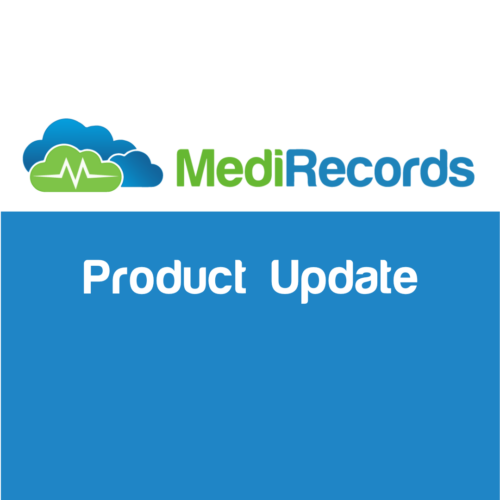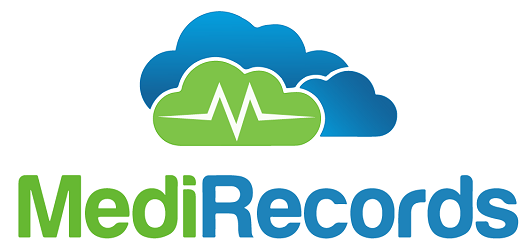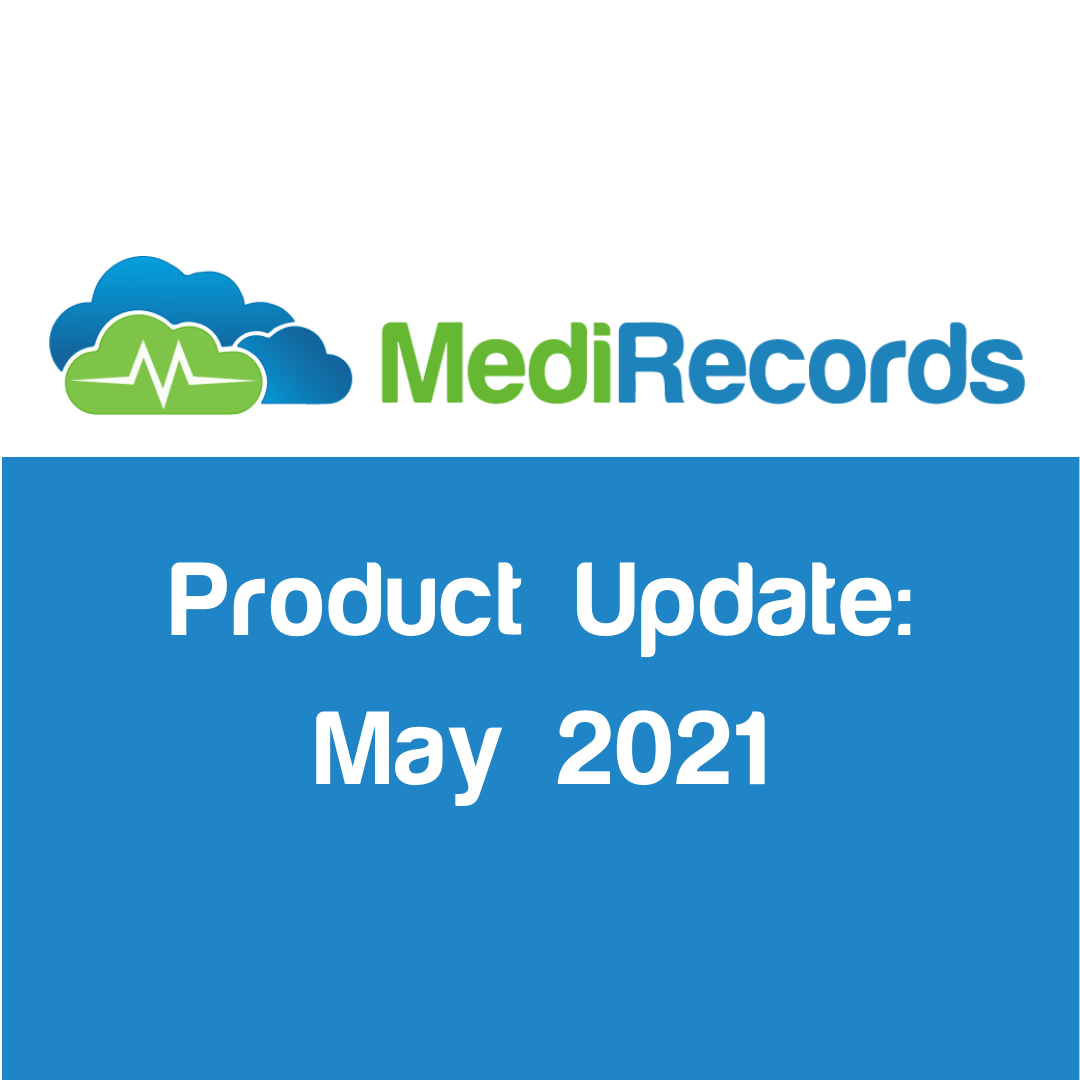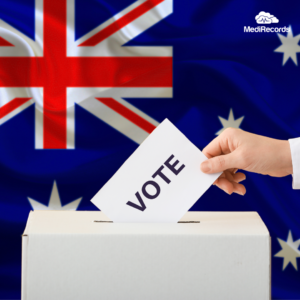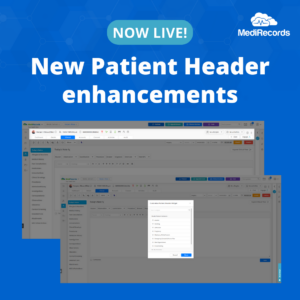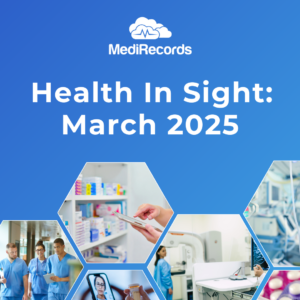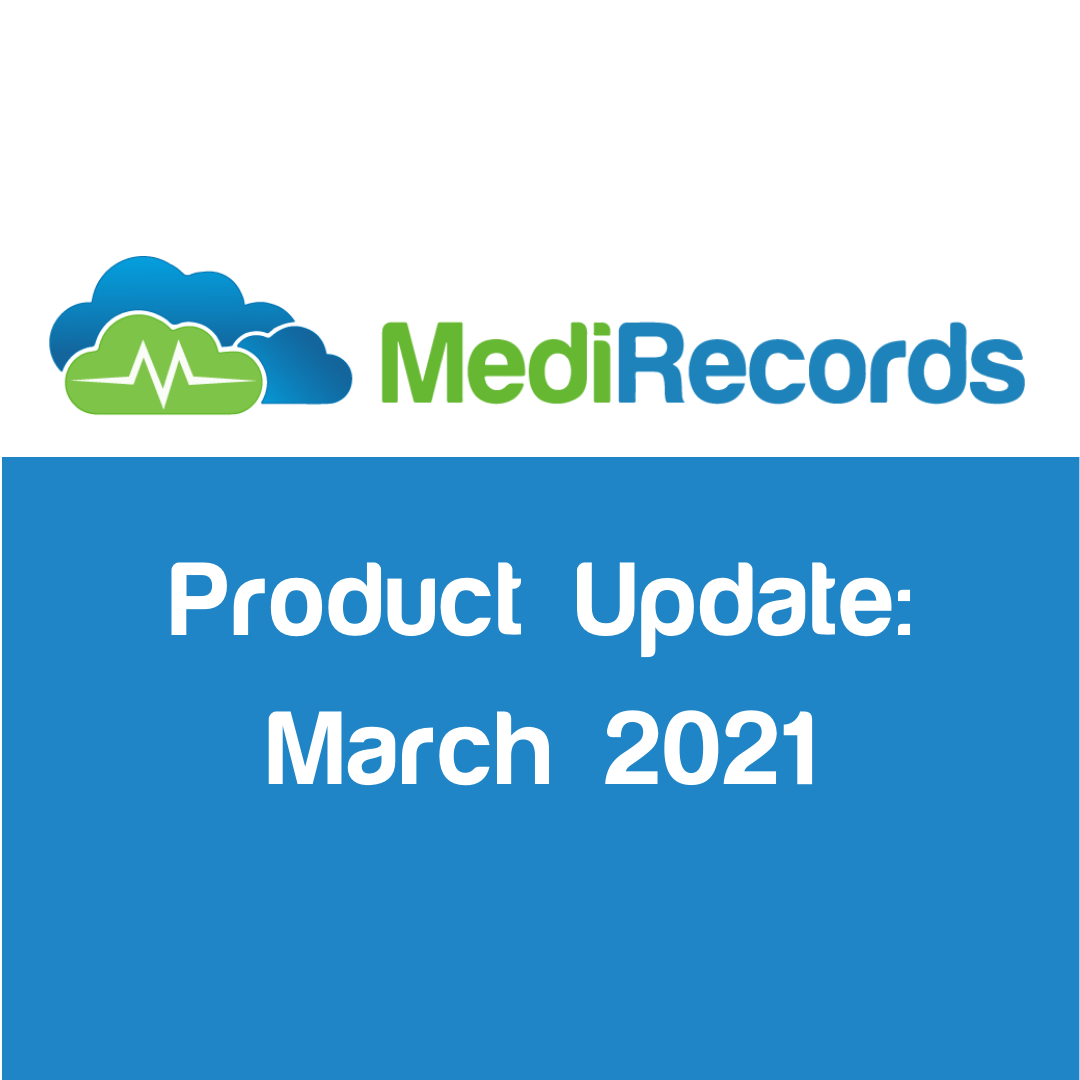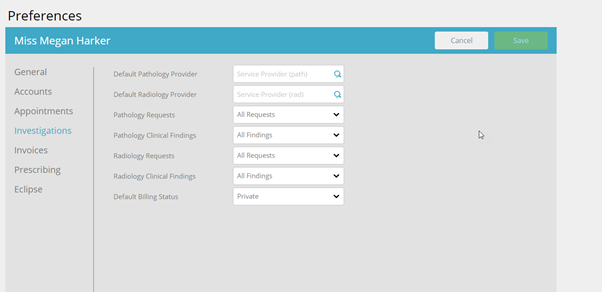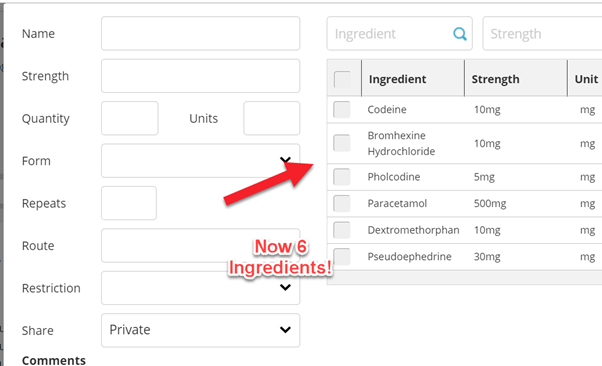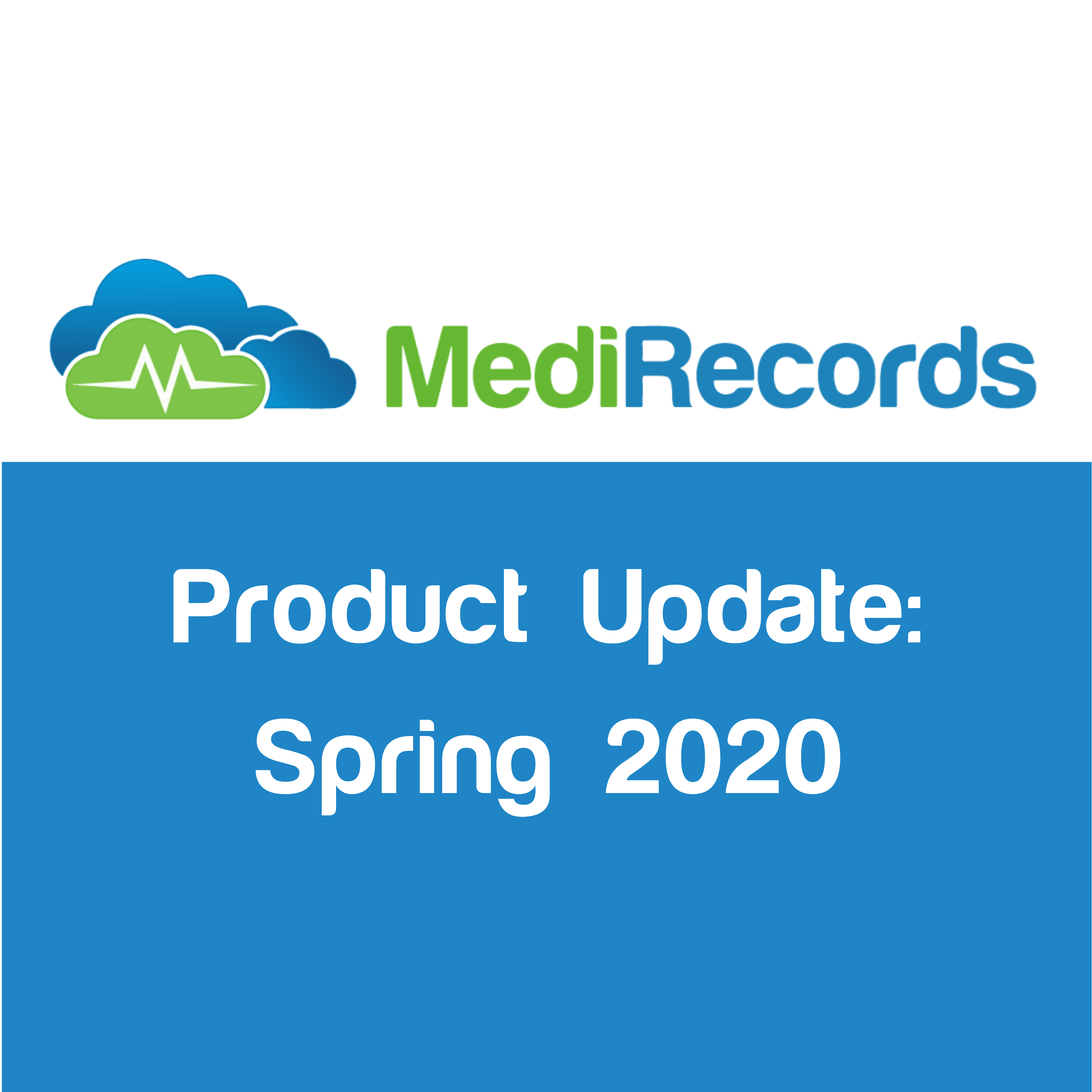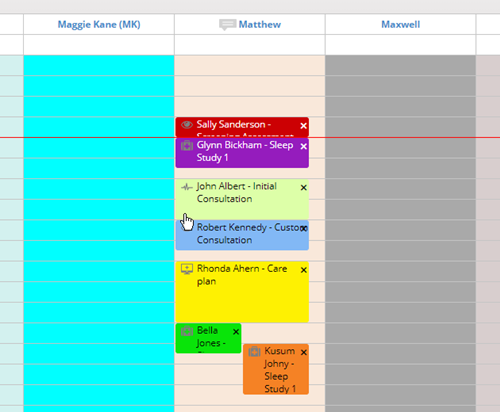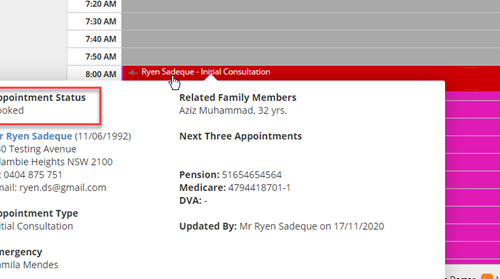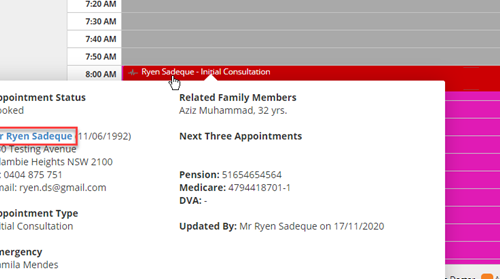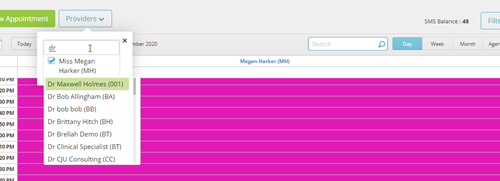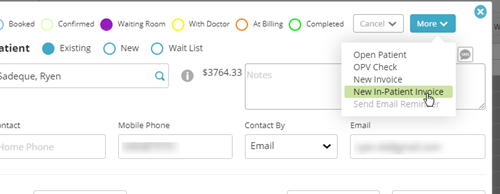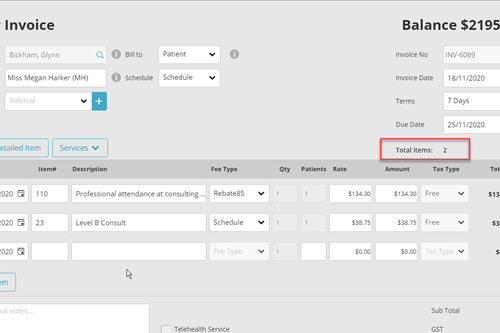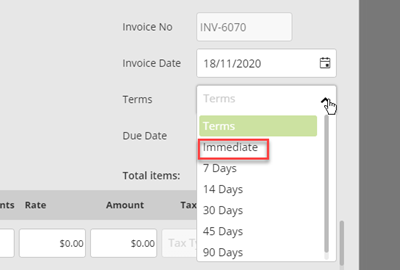While the new funding model clearly caters for employment in residential aged care facilities, what is less clear is how it may fund technology in the aged care sector.
We asked two GP’s, who have been using the MediRecords Cloud EMR, for feedback on some of the challenges they have faced providing care to residents in an Aged Care setting and what they believe needs to change. Both have highlighted the important roles that cloud technology and interoperability must play, by improving outcomes for patients by breaking down barriers to accessing care and to delivering a single source of truth.
The Doctors
Dr Paresh Dawda, Principal of Prestantia Health, is a General Medical Practitioner, academic and researcher with expertise in clinical leadership, quality and patient safety improvement. He is piloting video consultations with four residential aged care facilities to enhance access for unscheduled care needs.
Dr Gaveen Jayarajan has 13 years working in general practice, including four years working in both public and private hospitals throughout Australia. He has experience in both corporate and clinical governance for patient safety and quality care.
Improvements to Funding Models
“The funding model of primary care in Australia is predominantly a fee for service model and requires face-to-face visits from the GP. It does not provide much opportunity for a team-based approach to care,” says Dr Paresh Dawda, “A large amount of activity to effectively deliver care of those in residential aged care facilities can be undertaken in a safe way, remotely; however, current funding does not provide rebates for non face-to-face care delivery. This limits the level of innovation we can undertake.”
“There are definitely improvements that could be made to funding models to assist general practitioners in providing virtual and in-person care,” says Dr Gaveen Jayarajan. “Telephone, telehealth and mental health item numbers have helped, giving a Medicare Benefits Scheme (MBS)-funded option when working remotely, but there is still a lot of non-Medicare rebated work done in aged care that we don’t do as much when working in medical centres.”
“The use of telehealth for specialist consultations is an opportunity to improve access to specialist for residents of residential aged care facilities,” says Dr Dawda, “The current MBS item numbers for telehealth are too restrictive and not fit for purpose. There is not one right model, so a blended payment model is needed.”
Aged Care Policies
Reforms to the policies and processes in the aged care sector have also been called out as an area not funded in the federal budget, but not everyone agrees.
“The continuity model of care is still the most predominant in aged care, but is increasingly challenging from a financial sustainability and value perspective, “ says Dr Dawda, “Healthcare delivery systems need to be reengineered with care organised around either discrete conditions or in primary care defined population types. This is the model of care that Prestantia Health is evolving.”
“Altering case conference item number criteria would help significantly and improve family engagement and communication,” says Dr Jayarajan, “An annual lump sum payment to compensate for this work would also help. This would also provide a significant financial impetus for residential aged care facility work. It would have immediate impact, rather than large wide-sweeping changes.”
Can cloud infrastructure help?
Cloud infrastructure can deliver better healthcare systems at a lower cost, but funding is again not aligned. This is stopping models of care that lead to better outcomes for patients.
“We believe that our model of care is having a positive impact and are collating data to evaluate benefits and viability of the model,” says Dr Dawda, “The use of a shared cloud based electronic health record, with reminders and recalls, supports informational continuity of care between team members. Those residential aged care facilities that use electronic records vary in that some can only be accessed on site using a terminal, a personal device if connected to secure Wi-Fi, remotely through complex VPN solutions or using a browser. The latter enables greatest effectiveness and efficiency from a general practitioner perspective as it enables us to copy and paste the clinical record from our clinical system into that of the residential aged care facilities.”
“I believe the future of aged care is in greater technology adoption across all care settings,” says Dr Jayarajan. “Residential aged care facilities need to move to cloud-based administrative, clinical and medication management software. This software is interoperable with cloud-based general practitioner software and data can seamlessly be pulled and pushed between each other. All of this is built to be viewable on any device, particularly smartphones. Smart sensors are built into every residents room to provide early detection of emerging risks.”
New Models of Care
Ideally, the future of the aged care sector will include technology that assists delivery of care, regardless of the setting.
“My vision is for a model of care that includes team based care, is general practitioner led, goals orientated and measured by patient reported measures,” says Dr Dawda, “It uses purposeful interoperable technology, models that value non-face to face activity and is and integrated record with interoperability. Clinical decision support systems that are intelligent, virtual care and a flexible funding model are key.”
“Remote care through telehealth by general practitioners and specialists becomes more routine and more easily facilitated with technology,” says Dr Jayarajan, “As does the ability for general practitioners to make house calls.”
What about other GPs?
As a group, general practitioners are making their views known publically in the hope of influencing reform in the aged care sector. Key recommendations from the ‘Doctors in Aged Care’ Facebook group include:
- Formation of local ‘Clinical Governance Committees’ at each residential aged care facility with direct feedback of outcomes and actions to senior management and general practitioner participation
- Accreditors to obtain feedback from general practitioners at their visits
- Mandatory admission case conference for all new residents followed by an annual case conference thereafter utilising existing Medicare item numbers
- General practitioner invitation and involvement in additional case conferences held during the year as clinically indicated, with amendment to Medicare item numbers 735, 739, 743, 747, 750 and 758 to facilitate increased utilisation
- All residential aged care providers to move to full electronic health records, with a preference for cloud-based software, for their residents within two years.
- Introduction of new Medicare item numbers for general practitioners visiting residential aged care facilities for telehealth consultations directly with facility nurses and family members regarding their patients
- Retention in full of the Aged Care Access Incentive
- Amending of Medicare descriptors for aged care attendance item numbers – items 90020, 90035, 90043 and 90051 – to allow for the full work required for the consultation.
What steps does the budget take?
The 2021 budget announcement aims to benefit more than 240,000 Australians living in residential aged care through a $365.7m investment. This is split as follows, as found here:
- $42.8 million to boost the Aged Care Access Incentive from 1 July 2021 to increase face-to-face servicing by general practitioners (GPs) within residential aged care facilities.
- $37.3 million in additional funding for the Greater Choice for At Home Palliative Care initiative to expand to all 31 Primary Health Networks, from the 11 Primary Health Networks previously participating in the pilot.
- $178.9 million for Primary Health Networks to utilise their regional expertise and on the ground capabilities to support the health of senior Australians. This will enable:
- telehealth care for aged care residents
- enhanced out of hours support for residential aged care
- dementia pathways to support assessment and referral, and
- early monitoring and identification of health needs to support people to live at home for longer.
- $23.6 million is being provided to build a better data and evidence base to enable the Government to conduct workforce and other planning.
- $45.4 million to address widespread issues associated with poor medication management in residential aged care
Whilst there is some mention of digital health services such as telehealth, and potential references to remote patient monitoring, what is missing is the provision for interoperable patient management platforms. As outlined by Dr Dawda and Dr Jayarajan, connecting the aged care facility, primary care and acute setting will be crucial to providing the required care and keeping patients out of hospital.
If you are interested in finding out more about how MediRecords’ cloud EMR product, ConnectEMR, can support you, get in touch with me via michelle.obrien@medirecords.com.
